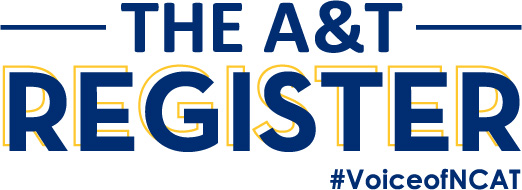Over the past six years many high school and college students have enlisted in the military to gain educational benefits. For many, we wonder what those benefits are and who is eligible. We also wonder if there is a difference between enlisting on campus or with a recruiter.
Many enlistees believe that the military will solve their financial and educational dilemmas. Service members are entitled to $4,500 a year in tuition assistance while enlisted and up to $50,000 in the Montgomery GI Bill funds after service, said Leroy Mikell III, a junior print journalism major from Columbia, S.C.
Mikell, who is also the director of photography for The A&T Register, served in the 82nd Airborne Division as a broadcast journalist. He is attending school on the GI Bill.
“The military also offers scholarships through ROTC,” said Capt. Allison Chisholm of A&Tâ??s Air Force RTOC. She said students interested in learning more about educational benefits should stop by Campbell Hall for information.
â?œROTC allows them to become officers,â?? she said, and that translates into larger paychecks.
What is the GI Bill? President Franklin D. Roosevelt signed the Servicemembers’ Readjustment Act of 1944, commonly known as the GI Bill of Rights, into law on June 22, 1944.
It has been said to be one of the most significant pieces of legislation ever produced by the U.S. government. It has helped millions of veterans with educational benefits.
The GI Bill is the focus of armed services educational benefits. There is a GI Bill for active duty personnel and for veterans. Active duty personnel must serve two years to qualify for the GI Bill benefits. There are different rules for different jobs, Mikell said. Reservists must serve six years to qualify.
Chisholm said that the GI Bill is automatically offered to those who are enlisted and that Air Force and Army ROTC students are eligible for scholarships.For information, call (336) 334-7707 (Air Force ROTC) or (336) 334-7979 (Army ROTC).
- Marvin Powell
